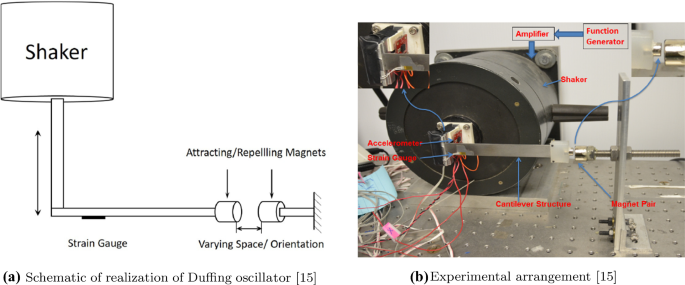

Measuring the precise locations and distances of Fast Radio Bursts Fast Radio BurstA Fast Radio Burst, or FRB, is a powerful, but fleetingly short-lived, burst of radio light. These stars are almost completely made up of only neutrons and have a strong gravitational field. (See protostar) material from a neutron star Neutron StarA small compressed core of a star that has gone through supernova (star explosion). (See active galactic nucleus or pulsar for more) Observing superfast jet JetsA pair of beams of extremely energetic particles, usually coming from an active galactic nucleus, an exploding star, or a pulsar. Each station also has a webcam, so you can view them in real time () While each VLBA antenna is identical, each location is unique.

Virgin Islands, which are 8,611 km apart. The most widely separated antennas are at Mauna Kea in Hawaii and St. One common way to describe the resolution of a telescope is to state the minimum angular separation at which a double star can be distinguished as two separate stars. The longer the baseline, the better the angular resolution ResolutionThe ability of a telescope to show detail. The maximum current baseline of the ALMA telescope is approximately 15 kilometers (10 miles). Croix and westernmost antenna in Hawaii is nearly 5,000 miles. For example, in the Very Long Baseline Array the baseline between its easternmost antenna in St. The longer the baseline, the greater the resolution – or ability to detect fine details. The distance between any two stations is known as their baseline BaselineThe distance between two antennas that work together to make astronomical observations. The VLBA stations are located in areas with limited radio interference, and widely spread across the country. By combining their data, the stations form one of the world’s most powerful radio cameras. Essentially the correlator only selects the data that is spotted and analyzed by both antennas, which means the data that isn’t spotted by both is dropped. The recorded data are then sent to Socorro, NM to be processed by a powerful computer known as a correlator CorrelatorA specialized supercomputer that multiplies the data from two antennas and averages the result over time.

Radio signals captured by each antenna are amplified, digitized and recorded. Each station consists of a 25-meter radio antenna dish and a control building. The Very Long Baseline Array is a network of ten observing stations located across the United States.


 0 kommentar(er)
0 kommentar(er)
